This post may contain affiliate links. If you make a purchase through a link, I may receive a small commission, at no cost to you. These commissions help keep this website up and running, and I thank you for your support. Read my full disclosure here.
Disclaimer: This is not a sponsored post, I paid for this trip myself. All recommendations are my own.
We visited Pape Nature Park as part of our two week self-drive holiday around the sights of Latvia. We were keen to explore more than the usual tourist spots and to visit somewhere popular with the locals. Located on the shores of the Baltic Sea, Pape boasts a beautiful and peaceful sandy coastline, a historic fishing village, lots of hiking paths, and a lagoon lake reserve with wild auroxen and horses.
Pape is very close to the border of Lithuania and if we had had more time we would have loved to have visited. We had to be careful not to pass through Lithuania as we had told our rental car operator that we wouldn’t leave Latvia. We had been visiting Bauska Castle and Rundale Palace so had stayed in the area. There were several roads across to Pape, two of which pass through Lithuania. However, thankfully there was a third one that stays on the Latvian side of the border and only took a few minutes longer.
We ended up on the A9 towards Liepāja, a popular seaside city, and then headed down the A11 towards the turn off to Pape. There are no supermarkets in Pape and only one place to eat, so we stopped at one of the supermarkets on the A11 to buy supplies. The turn off to Pape is signposted but I was surprised to discover that the road was rather rough and unsealed with large chunky rocks. I think it was worse because it was the end of the summer. It was very corrugated so we had to drive slowly, but thankfully it was quite wide. We grew up driving gravel roads in country New Zealand, but having lived in the UK for a few years we were out of practice. The next day the grader turned up and graded all the roads, so it was a bit better after that.
We drove on to our accommodation which was by the beach, so as soon as we unloaded our stuff, we headed off to spend the afternoon relaxing in the sun. The sand in Latvia is white and really soft and fine, but it does get everywhere. We ended up taking a lot with us and for days we had sand seeping out of our pockets and bags. The beaches are quiet here on the Baltic Coast compared to any other beach we’ve been to in Europe. In many ways it reminded me of the beaches in my home country of New Zealand.
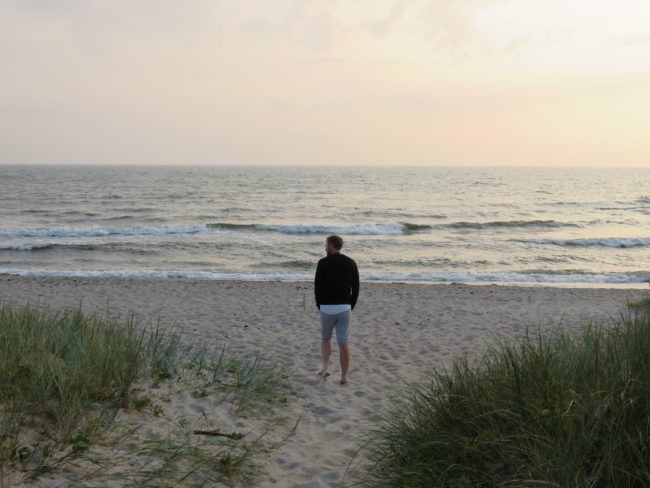
The following day we were keen to explore as much as we could with our limited time. Online information about Pape is quite limited and although we were keen to visit the wild auroxen and horses, it was a bit unclear on how to actually get there. We could see on Google maps that there were two local roads that led to the reserve entrance, so we just headed back out to the A11 and looked for the turn off. Strangely, there were no signs to the reserve. The first road had a gate across it so we continued on to the next one where the gate was open, so we turned up the rather narrow and unsurfaced road. As we got nearer the reserve the road became quite soft and sandy in some areas, so do be careful not to stop and get stuck if you visit.
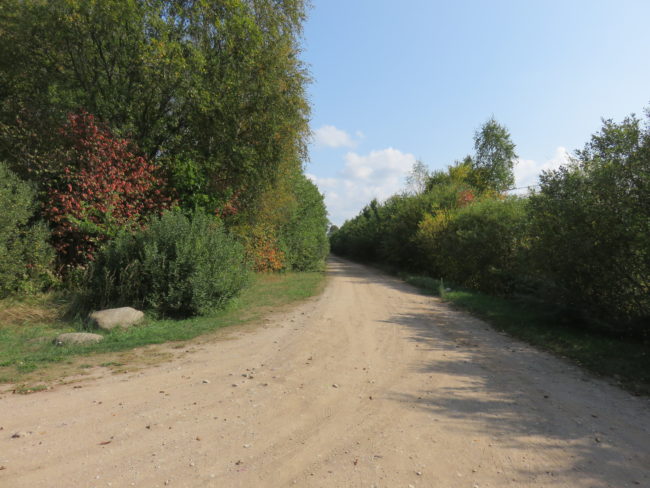
Eventually we arrived at a small car park with a wooden hut that appeared to be the ticket office for the reserve. I had checked the opening times online and they were also posted outside the office, but no one seemed to be showing up. There was a sign on the gate into the reserve stating that you could not enter without permission, so I ended up ringing the number of the ranger who advised me that they would send someone out to meet us. Eventually a young woman appeared on a bicycle and despite us being the only ones standing there, managed to completely ignore us as if we were invisible. Once she had opened up the ticket office, we approached her to pay for our tickets. It was only then she acknowledged our existence by asking if we wanted to go in to the reserve on our own or whether we wanted a guided tour. However, the manner in which she asked, clearly implied that she was not happy about the idea of taking us on a tour, so we acquiesced and entered without her. There were some information signs at the entrance so that was at least interesting but the only facts we were going to get out of our visit.
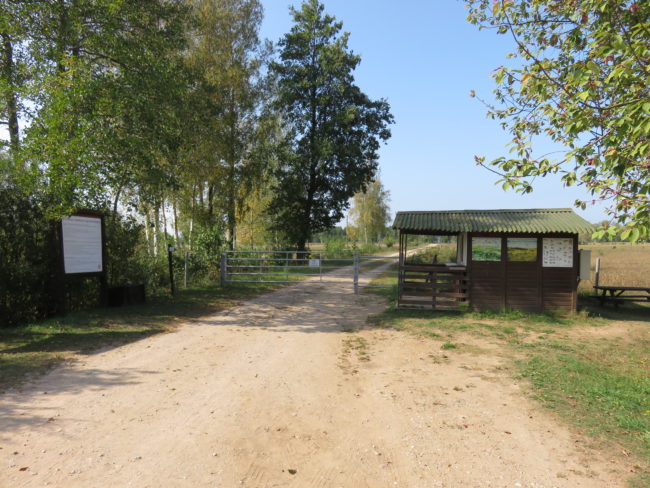
Wild cattle called auroch once roamed Europe, Asia and North Africa until the 17th century when they became extinct. This breed of cattle was brought to Pape as part of a rewilding conservation aimed at restoring the land to what it once was. The cattle at Pape are Heck cattle that have been bred with southern-European primitive breeds in an attempt to create the auroch-likeness. There are similar rewilding projects in other parts of Europe as well. When we visited, the auroxen were having a mid-morning nap out on the open grass land. We were cautious not to get too close of course, but they were quite relaxed. There were a number of very cute calves in the herd.
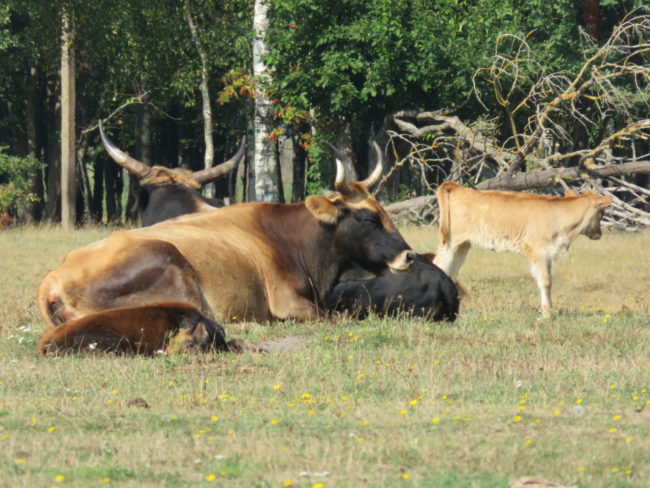
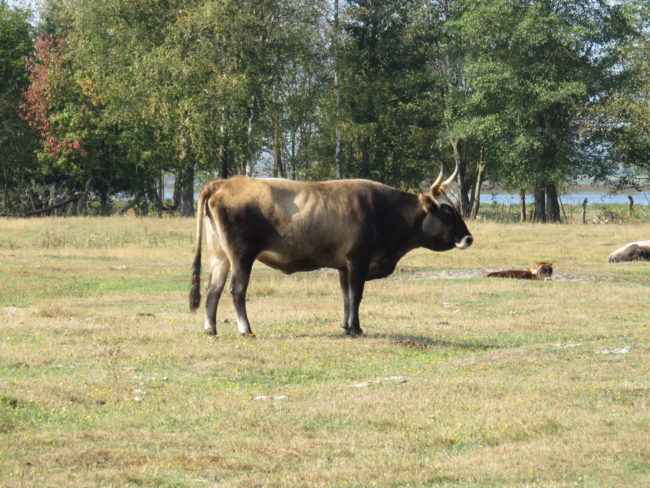
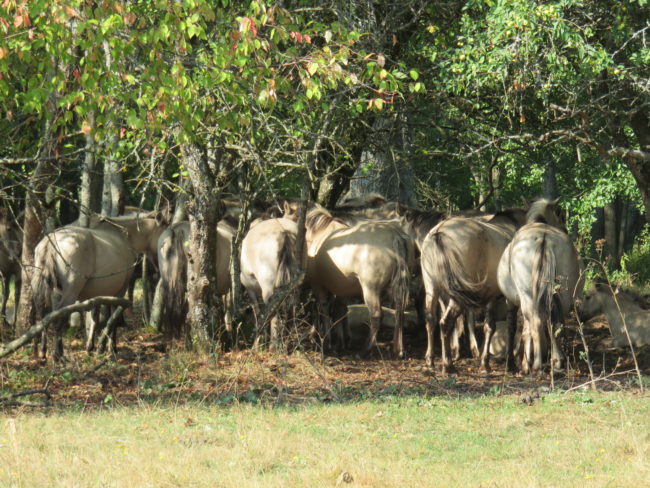
It was a very hot day so we found the wild horses trying to stay cool under the trees, swishing their tails to keep the flies at bay. Just like the auroch, wild horses once roamed Europe. Sadly, the last known wild horse was killed in Russia in 1887. In 1936 a Polish professor named Vitelani began to selectively breed horses in an attempt to bring back the characteristics of the wild horse. This new breed of horse was named Konik Polski or Polish Horse. The horses are small and have a distinct dark line that runs down their back and have dark coloured manes and tails. There were foals of various ages in the herd and there were a few mares that looked about to foal as well.
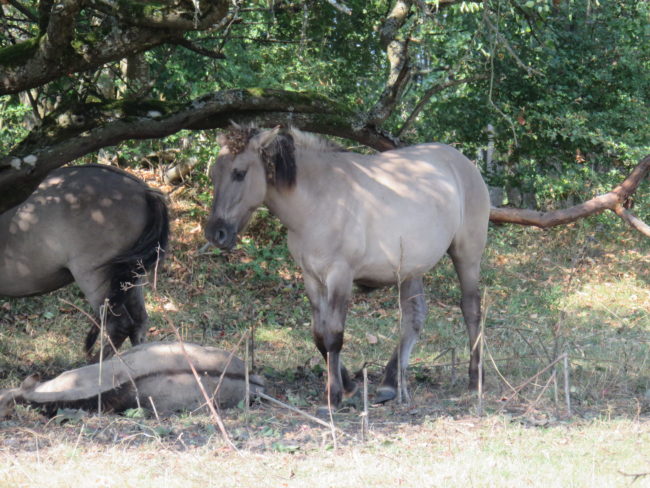
Afterwards we headed down the path to the lake. The auroxen were arising from their nap and were heading over to the lake for a drink and to cool off.
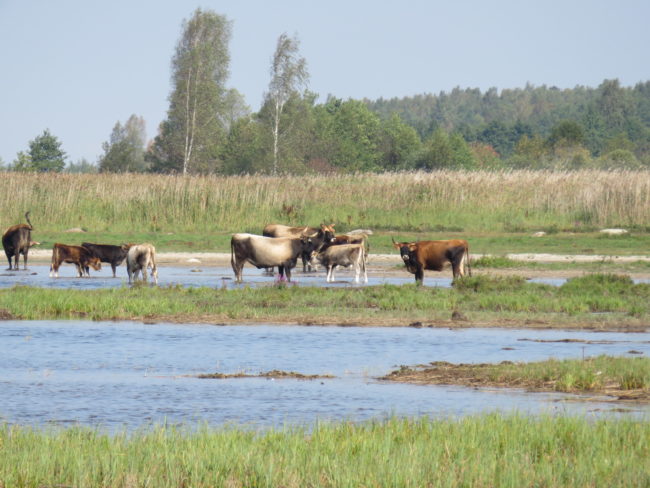
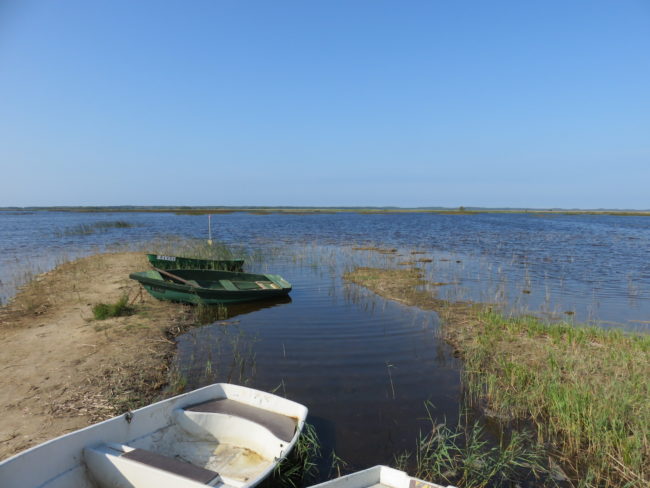
It was actually my birthday, so we decided to find some lunch and cake. Thankfully the one cafe in the area was a good one. The cafe is called Radošā darbnīca “Ligate” (Buši, Rucava, Rucavas pagasts, LV-3477, Latvia) which is in the town of Rucava, located on the opposite side of the A11 turn off to Pape. It also doubles as a woollen store selling locally made items and various types of yarn. We ended up buying two large balls of wool in a lovely dusky shade of pink. Here we enjoyed some potato pancakes and a large slice of cake.
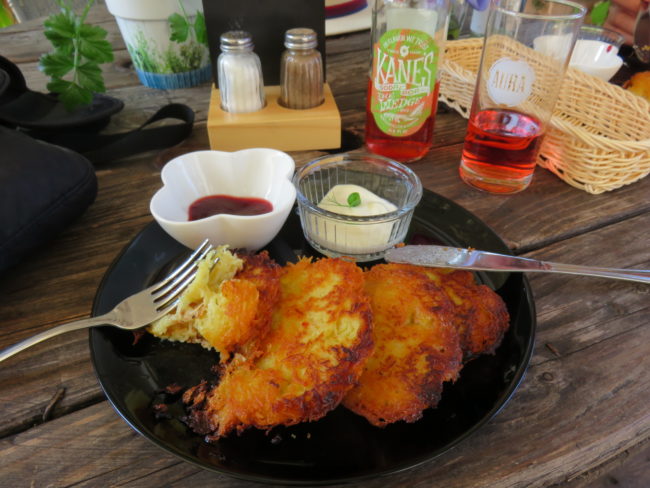
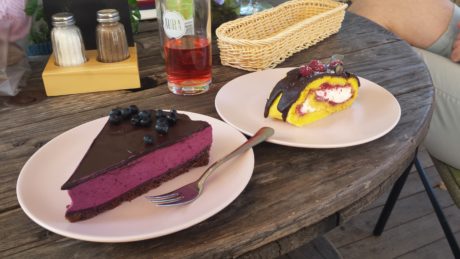
The next stop on our tour of Pape was the traditional historic fishing village called Ķoņi village. There is also a Latvian Open-Air Ethnographic Museum here called “Vītolnieki”, however, it was closed when we visited. The historic houses were lovely but many of them appeared to be privately owned so you couldn’t actually take a closer look. There were some camping grounds here as well as some nice modern beach houses.
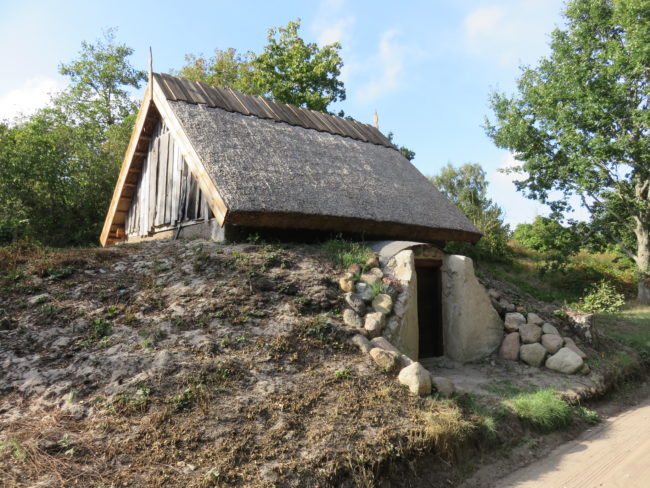
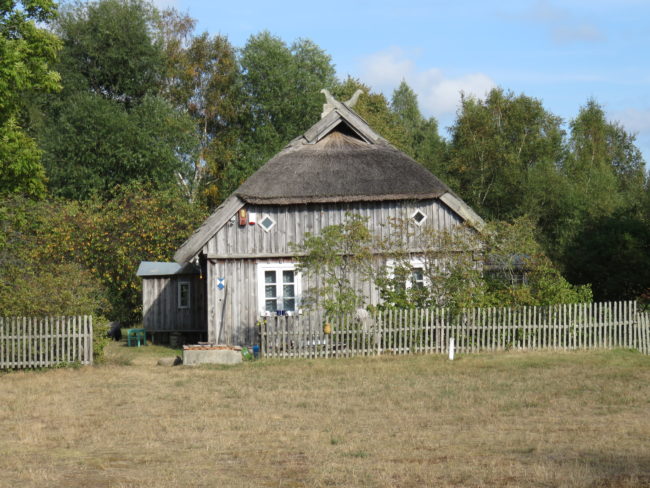
We walked down the road until it ended in a car park and then found the yellow walking path that took us to an lookout open bog called Nida Tirelis or moorland. the path to get there was through a forested area where large spiders had weaved their webs across the path. We had to walk with large sticks waving about in front of us to clear the webs as they were very hard to see and we really didn’t want to end up being their next meal.

Across the entrance to the moorland was a lovely secluded beach spot. There was absolutely no one around and it felt incredibly peaceful. It was a beautiful sunny hot day and we just relaxed and read our books and had a (quick) swim. The water is rather cool here. Whilst we were laying on the beach a flock of grouse like birds came walking out of the sand dunes and long grass right beside us. They got as much of a surprise as did we and they launched off in a hurry making funny squawking sounds.

On our way back to our accommodation we stopped off to see the lighthouse which was built in 1910 to replace a much older one.
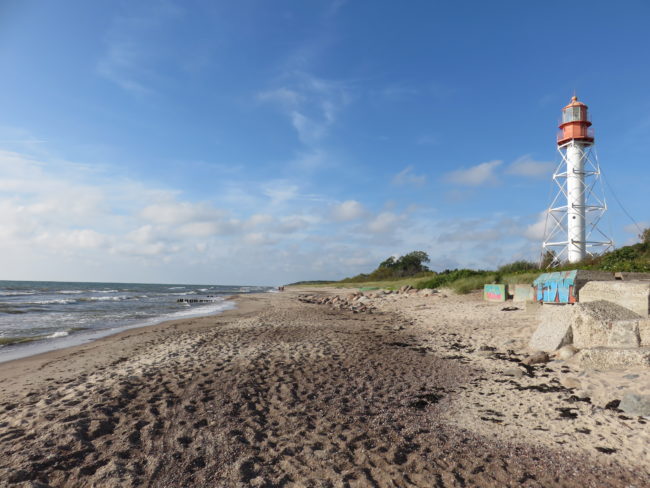
We were pretty tired by the time we got back to our accommodation. On our final night in Pape we sat on the beach and watched the sunset. I could easily have spent my entire summer in this beautiful and peaceful spot.
Accommodation Options in Pape
Search available accommodation in Pape
Budget
Moderate
- Jurgi – we stayed here
- Pape Rogas
- Saktas – House in the neighbouring village of Rucava
Luxury
- Sīpoli mare – luxury private units in the neighbouring village of Bernāti
- Liedaga Joma – luxury private units in the neighbouring village of Jūrmalciems
Practical Tips for Visiting Pape
- How long should I visit Pape for? We stayed for 2 nights and that was enough time to see the main sights and attractions, but I would have loved to spend a week relaxing on the beach and hiking the trails.
- Language: Latvian is the official language of Latvia. Latgalian, Ukrainian, Belarusian and Russian are also spoken. Most younger people we came across spoke excellent English, particularly at the tourist sites. But do try your hand at a few Latvian words:
- Hello – Sveiki (Svekee)
- Please – Lūdzu (LOO-dzoo)
- Thank you – Paldies (PUHL-dyehs)
- Yes – Jā (yahh)
- No – Nē (neh)
- Excuse me – Atvainojiet (UHT-vay-noh-yeht)
- I’m sorry – Piedodiet (pyeh-DOH-dyeht)
- Goodbye – Atā (UH-tahh)
- Where is the toilet? – Kur ir tualete? (koor eer TWAH-leh-teh?)
- Currency: Euro. Most places accepted card for payment, however, there are quite a few smaller places that only accept cash, so I recommend taking some cash with you.
- Tipping: Not required.
- Electricity: The electrical current is 230 volts AC. Wall outlets generally take the European two round prong plugs. However, you are better off purchasing a worldwide adaptor that can be used in Latvia as well other countries. At least then you can potentially get some further use out of it on future vacations. If you’re taking a number of electronics with you, then I would recommend purchasing a couple of these adaptors.
- Driving in Latvia: In Latvia they drive on the right hand side and all vehicles must have their lights on day and night. In built-up areas speed limits are 50 km/h and 20 km/h in residential areas. On normal roads car speed limits are 90 km/hr and 100km/hr on dual carriage ways. There are a lot of speed cameras in Latvia and they are hard to spot as they are a modern slim grey design. There will be a warning sign directly before it, but they are easily missed. They carefully monitor speeding in Latvia as we witnessed a number of drivers being stopped by police, so watch your speed.
- Navigating: Use Google’s free Offline Maps which allows you to access free maps for navigating that can be used offline i.e. you don’t need WIFI, data, or roaming to be able to use them. Follow this detailed guide on how to use Googles Offline Maps.
- Using your phone as a GPS will drain your battery quickly, so use a portable battery charger which you can use to charge your phone and any other USB chargeable devices.
- If you prefer a paper map, then purchase a Latvian road map before you go. At least it’s reliable and won’t run out of battery or malfunction like the electronic options!

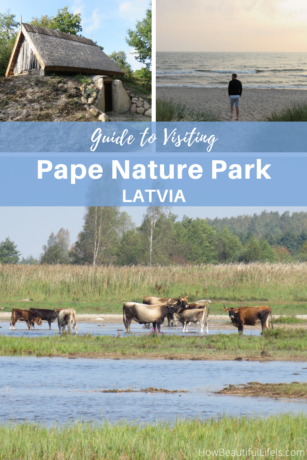

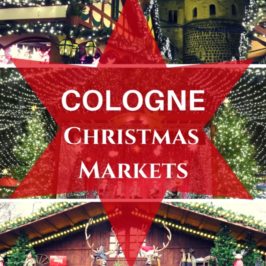
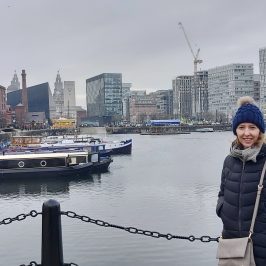
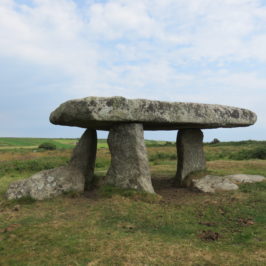
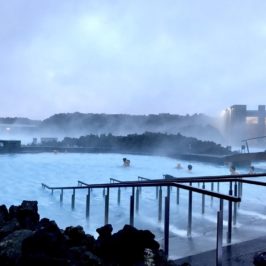
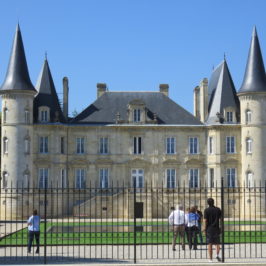
Leave a Reply